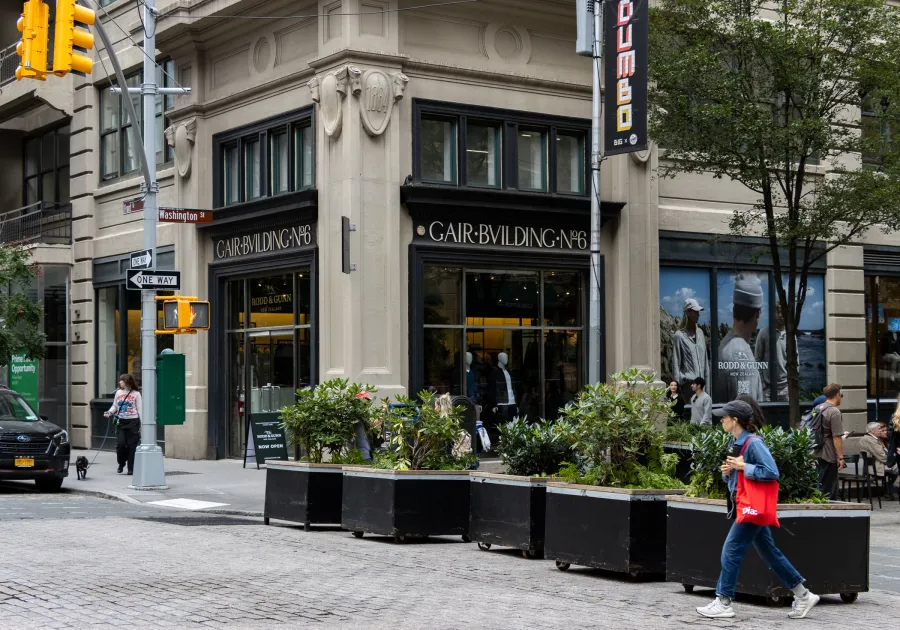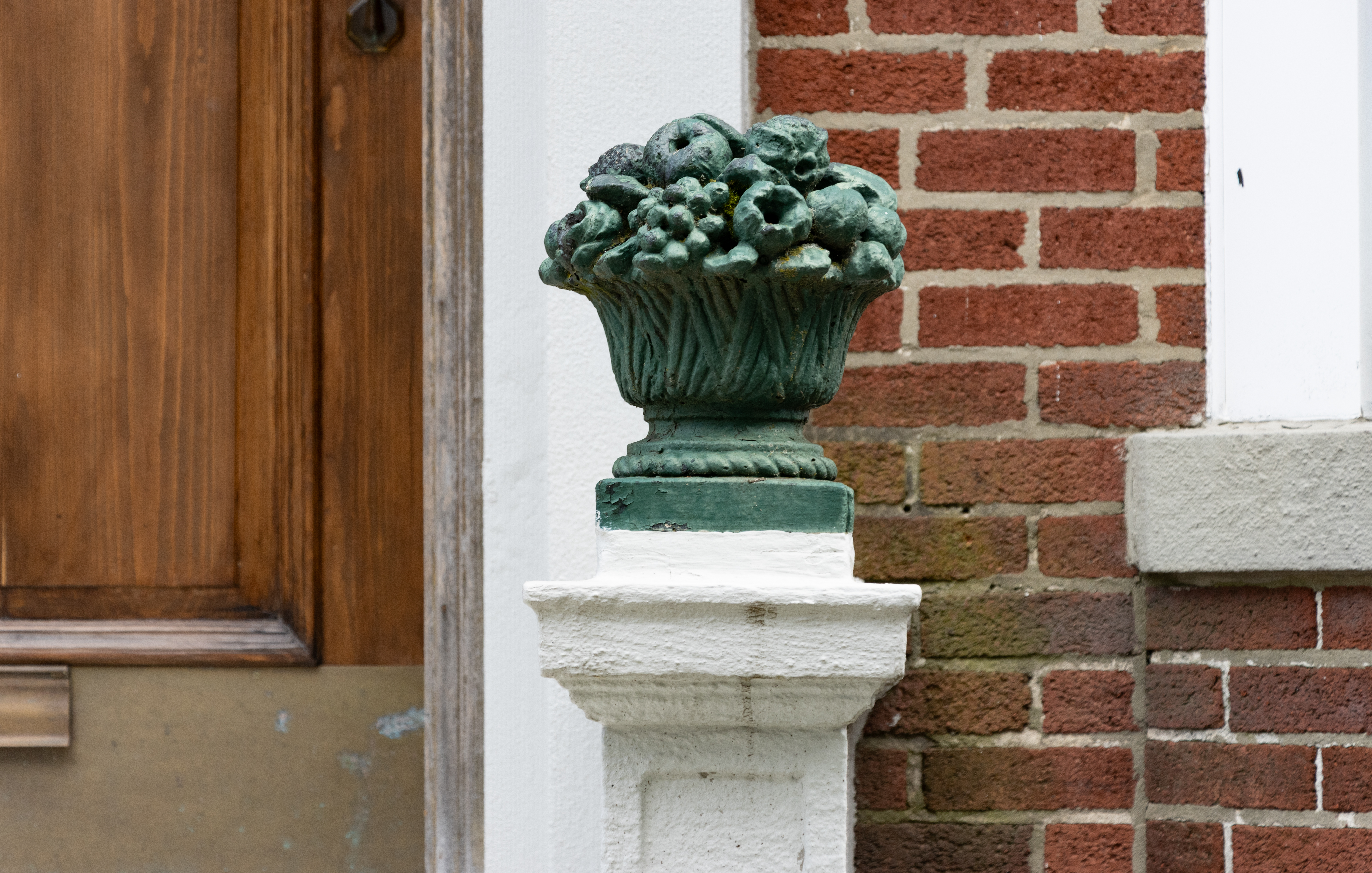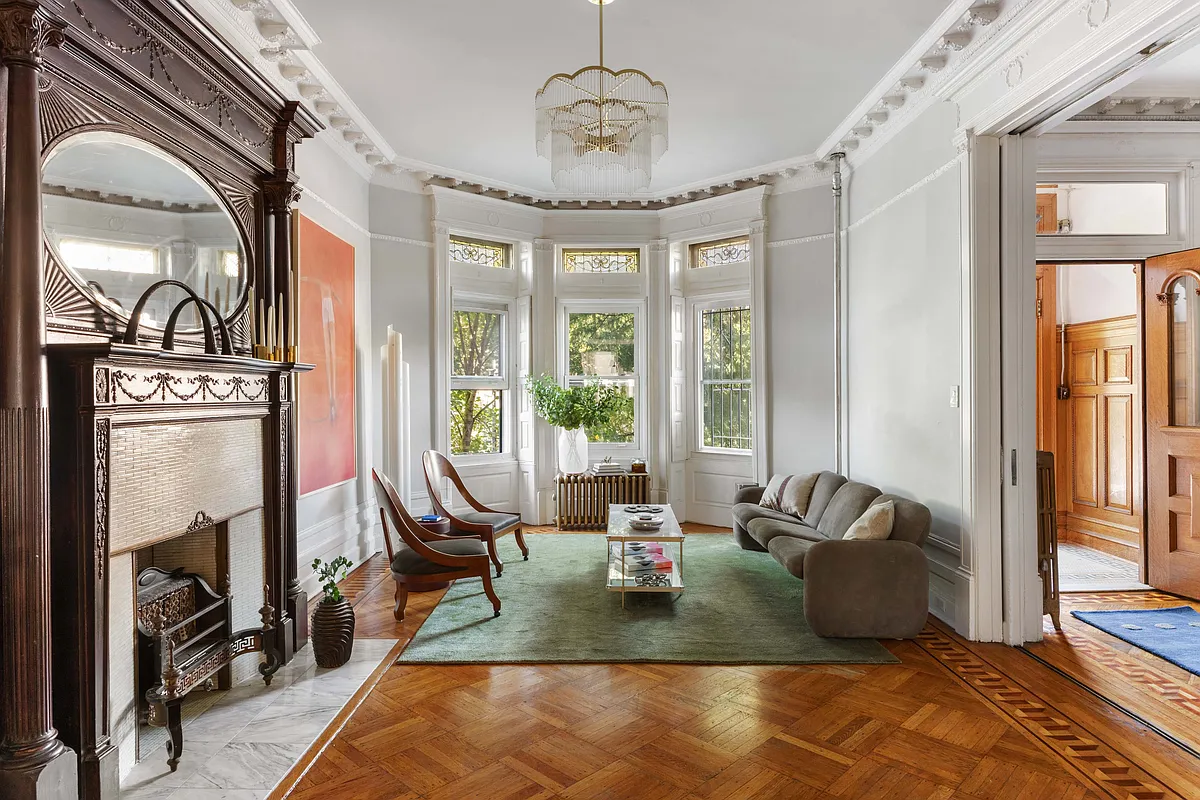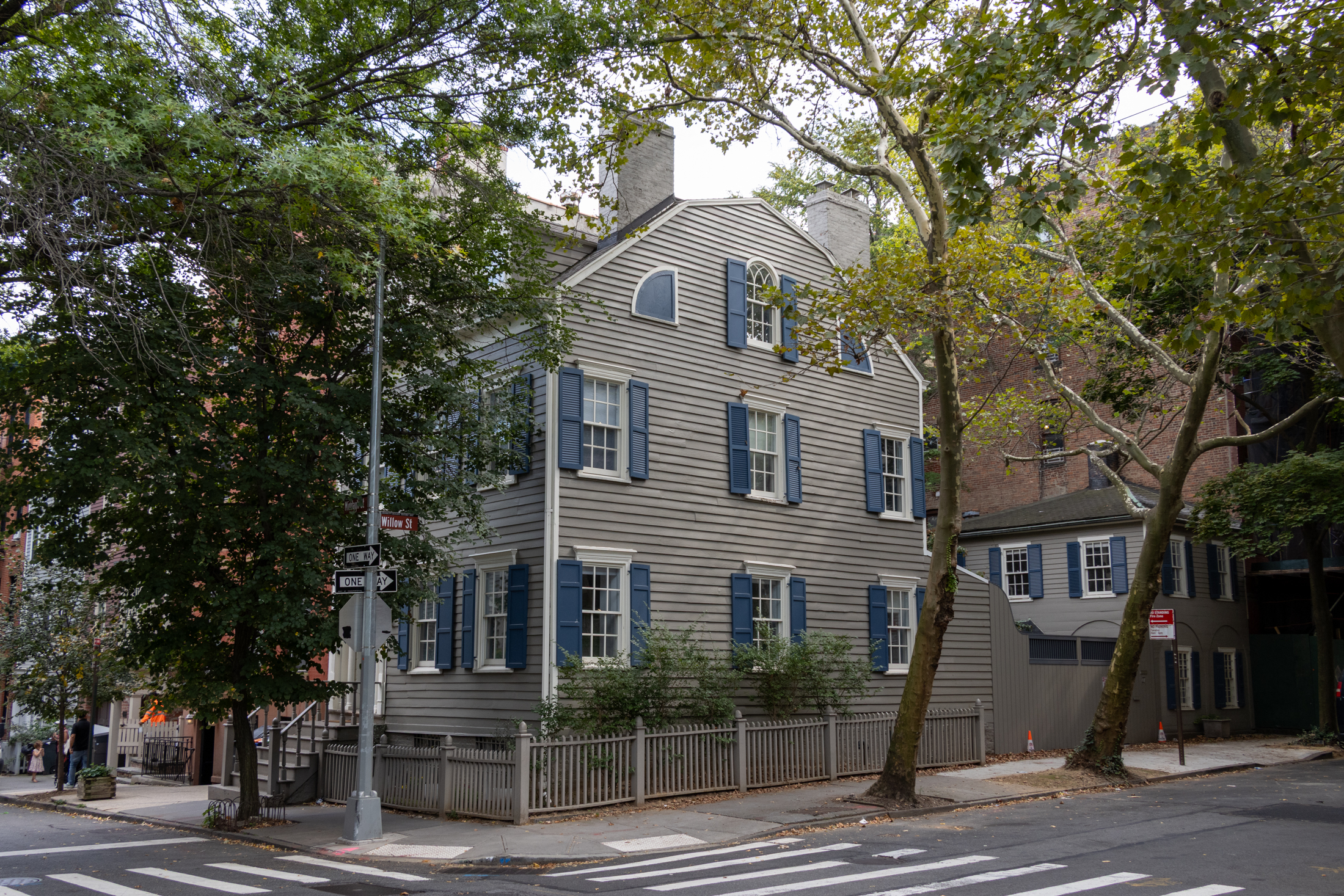Brooklyn's Varied Real Estate Market
The Times’ real estate section cover story yesterday on how the four boroughs’ residential markets are stacking up compared to still-strong Manhattan pegs Brooklyn as mostly healthy, but weak(er) in certain spots. On the one hand, prices and sales are still healthy in the most desirable brownstone neighborhoods (Heights, Slope) and holding steady—if not breaking…

 The Times’ real estate section cover story yesterday on how the four boroughs’ residential markets are stacking up compared to still-strong Manhattan pegs Brooklyn as mostly healthy, but weak(er) in certain spots. On the one hand, prices and sales are still healthy in the most desirable brownstone neighborhoods (Heights, Slope) and holding steady—if not breaking records—in areas like Clinton Hill and East Williamsburg. On the other hand, brokers also say they’re seeing more caution from buyers, and the president of Aptsandlofts says his brokerage has dealt with a few people this year who bought investment properties in Williamsburg and are faced with the prospect of selling condos at a loss. And so Brooklyn remains a very big borough with a very diverse market.
The Times’ real estate section cover story yesterday on how the four boroughs’ residential markets are stacking up compared to still-strong Manhattan pegs Brooklyn as mostly healthy, but weak(er) in certain spots. On the one hand, prices and sales are still healthy in the most desirable brownstone neighborhoods (Heights, Slope) and holding steady—if not breaking records—in areas like Clinton Hill and East Williamsburg. On the other hand, brokers also say they’re seeing more caution from buyers, and the president of Aptsandlofts says his brokerage has dealt with a few people this year who bought investment properties in Williamsburg and are faced with the prospect of selling condos at a loss. And so Brooklyn remains a very big borough with a very diverse market.
Taking the Pulse of the Boroughs [NY Times]
Photo by williamsburger.





“faced with the prospect of selling condos at a loss”
False use of tense. The sellers featured in the article have already lost.
regardless of what these shills say, park slope is past its prime these days too.
regardless of what these shills say, park slope is past its prime these days too.
Billyburg has to be peaking. Wildly overcrowded L train; scuzzy streets with crummy building stock; no trees; no park; too few supermarkets. A fun place to visit for the stores and restaurants. But otherwise, what a dump!
yippee for you, douchebag. I bet you’re a lot of fun at parties.
I upgraded to a three bedroom apt in williamsburg and made over 200k on the sale of my loft. Bought it two years prior. Personally, most of what I see on this board is people whining and moaning not predictions about anything.
But, but commentators on Brownstoners kept telling me Williamsburg would only go UP with “Manhattan quality” restaurants, bars and boutiques! I’m so confused!
But, but commentators on Brownstoners kept telling me Williamsburg would only go UP with “Manhattan quality” restaurants, bars and boutiques! I’m so confused!
cute homos moving to jackson heights=soaring property values
I do not see where it says Clinton Hill and East Williamsburg are breaking records. This is the quote on those two neighborhoods…
“For the right price, buyers are also still buying in less affluent neighborhoods like East Williamsburg and Clinton Hill, said Highlyann Krasnow, executive vice president of the Developers Group, a real estate marketing company. Her company sold 20 of the 24 one-bedroom condos at 223 Maujer Street in East Williamsburg at prices that began at about $360,000. She said that before the housing slowdown, prices would have been $40,000 to $50,000 higher.”